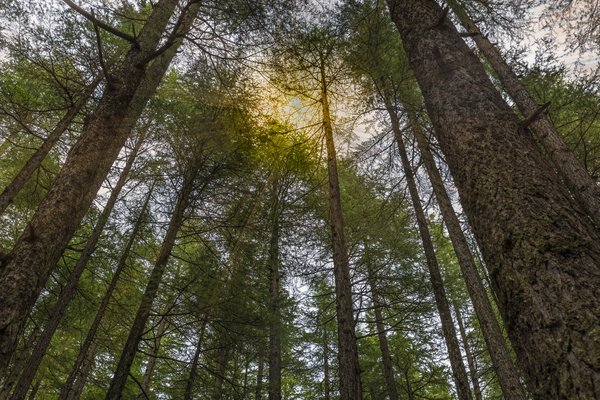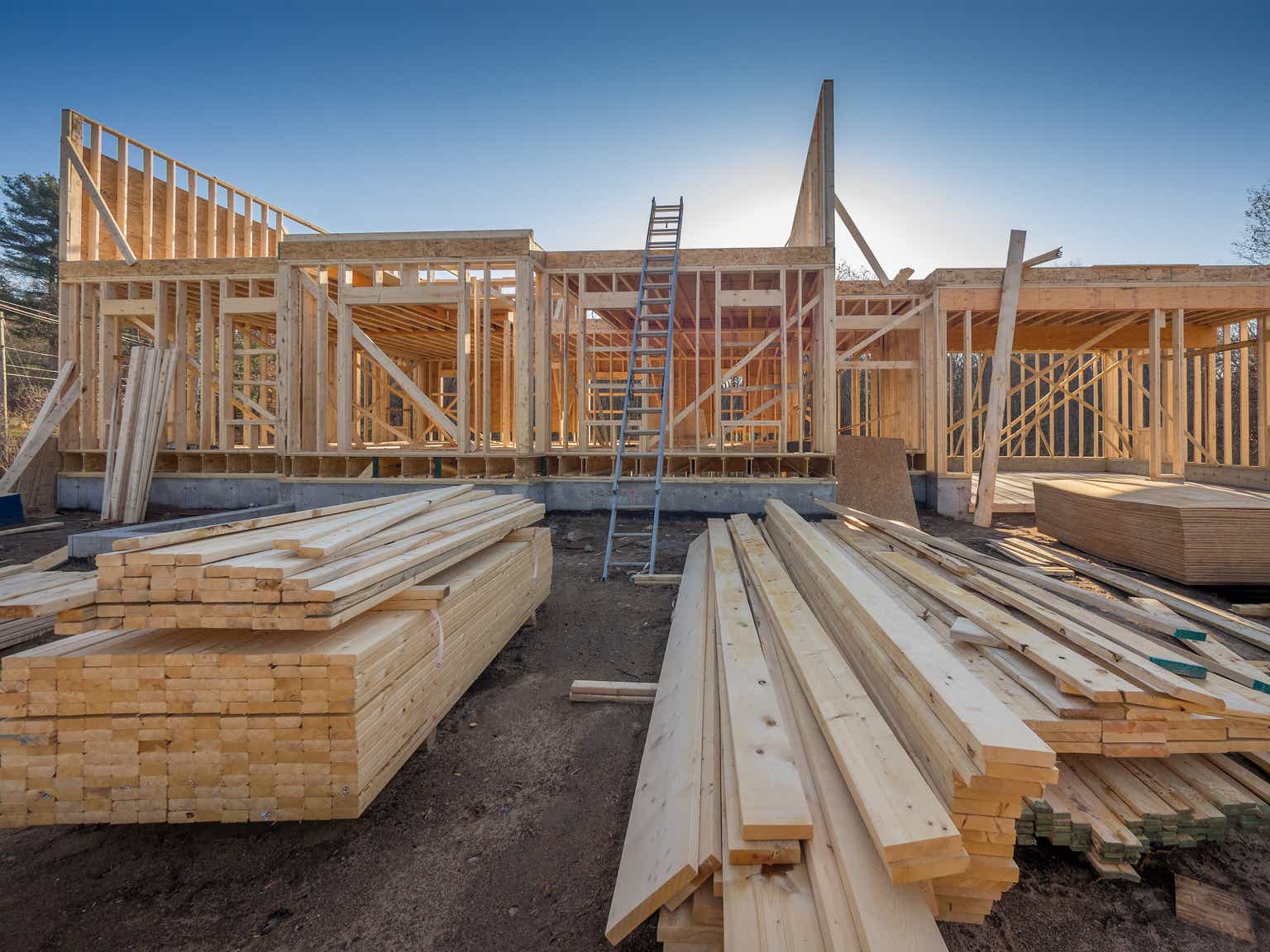Brendan Burgess
Founder
- Messages
- 52,046
It has been suggested to me that 15 year old forestry is very good value at the moment because a lot of farmers want to sell it so that they can buy non afforested land.
I know a few others who are also interested in making similar investments.
I assume it's not worth our while pooling our resources and buying as a partnership?
I assume that all the buyers would be cash buyers of around €100,000 each so there would be no problems with joint and several liability for the borrowings.
Advantages
We could buy one big forest rather than 5 smaller ones which would cut down on the costs of managing it. I assume that a large forest is cheaper to maintain than 5 small ones.
There might well be pooled expertise. (This would be a big advantage to me as I know nothing about it)
If one partner wanted to sell out their interest, they may well find it easier to sell to one of the other partners
Disadvantages
It's messy owning anything jointly as it's rare that the financial objectives of the individuals would tally. One person might need to sell their share and could find it very difficult to sell a share in a partnership.
If the partners had to pay costs such as insurance, then it's a source of hassle when one doesn't pay their share on time.
The partners might disagree on the management or strategy for the investment.
A share in a forest would not be a good security for a loan, whereas a forest owned outright might well be acceptable.
Conclusion
Not a good idea to buy it jointly if one can afford to buy a small forest on one's own.
I suppose if a large forest became available, the individuals could buy it and split it up so that each would own and control separate parts of it.
Buying as a limited company
I think that this is tax inefficient, or can it be structured so that the gains in the company and in the share price would be tax-free?
Buying units in a forestry fund makes sense if you don't want any role in managing it and you can't afford a small forest on your own.
Brendan
I know a few others who are also interested in making similar investments.
I assume it's not worth our while pooling our resources and buying as a partnership?
I assume that all the buyers would be cash buyers of around €100,000 each so there would be no problems with joint and several liability for the borrowings.
Advantages
We could buy one big forest rather than 5 smaller ones which would cut down on the costs of managing it. I assume that a large forest is cheaper to maintain than 5 small ones.
There might well be pooled expertise. (This would be a big advantage to me as I know nothing about it)
If one partner wanted to sell out their interest, they may well find it easier to sell to one of the other partners
Disadvantages
It's messy owning anything jointly as it's rare that the financial objectives of the individuals would tally. One person might need to sell their share and could find it very difficult to sell a share in a partnership.
If the partners had to pay costs such as insurance, then it's a source of hassle when one doesn't pay their share on time.
The partners might disagree on the management or strategy for the investment.
A share in a forest would not be a good security for a loan, whereas a forest owned outright might well be acceptable.
Conclusion
Not a good idea to buy it jointly if one can afford to buy a small forest on one's own.
I suppose if a large forest became available, the individuals could buy it and split it up so that each would own and control separate parts of it.
Buying as a limited company
I think that this is tax inefficient, or can it be structured so that the gains in the company and in the share price would be tax-free?
Buying units in a forestry fund makes sense if you don't want any role in managing it and you can't afford a small forest on your own.
Brendan

